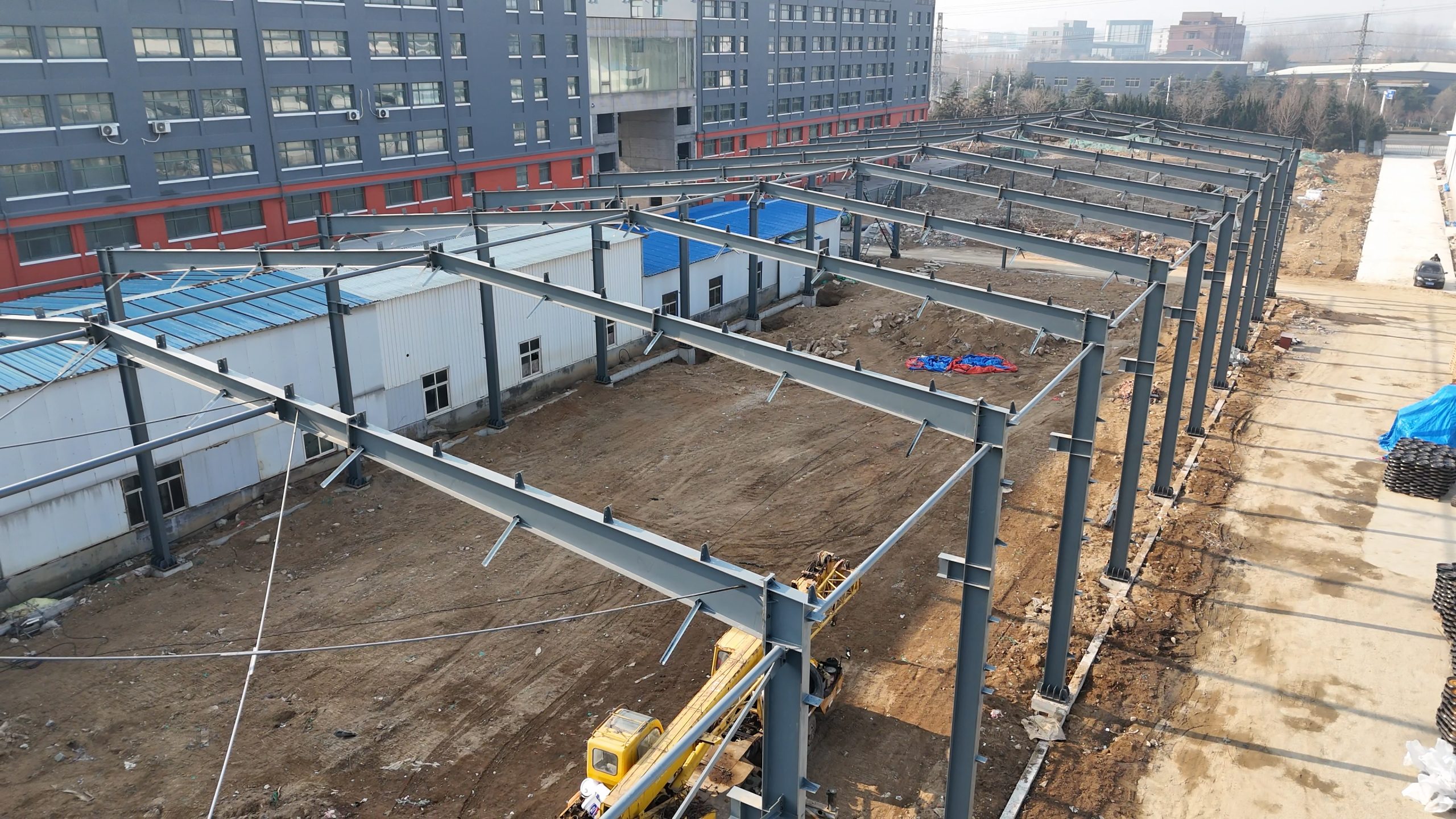Inhoudsopgave
Benefits of Incorporating Shading Design in Steel Structure Buildings
Shading design plays a crucial role in enhancing the energy efficiency of steel structure buildings. By strategically incorporating shading elements into the design of a building, architects and engineers can significantly reduce the building’s energy consumption and improve its overall sustainability. In this article, we will explore the benefits of incorporating shading design in steel structure buildings and analyze its impact on energy efficiency.
One of the primary benefits of shading design in steel structure buildings is the reduction of solar heat gain. By strategically placing shading elements such as overhangs, louvers, and awnings, architects can prevent direct sunlight from entering the building and heating up the interior spaces. This not only helps to maintain a comfortable indoor temperature but also reduces the need for mechanical cooling systems, thereby lowering energy consumption and utility costs.
In addition to reducing solar heat gain, shading design can also help to optimize natural daylighting in steel structure buildings. By carefully positioning shading elements to control the amount of natural light entering the building, architects can create well-lit and visually comfortable spaces without the need for artificial lighting during the day. This not only improves the overall quality of the indoor Environment but also reduces energy consumption associated with lighting.
Furthermore, shading design can enhance the aesthetic appeal of steel structure buildings while improving their energy efficiency. By incorporating shading elements that are both functional and visually appealing, architects can create a harmonious and sustainable design that enhances the building’s overall performance. This integration of form and function not only benefits the occupants of the building but also contributes to its long-term sustainability and environmental impact.
Another key benefit of shading design in steel structure buildings is the potential for passive solar heating. By strategically positioning shading elements to allow for solar gain during the winter months and shading during the summer months, architects can harness the natural energy of the sun to heat and cool the building without the need for mechanical systems. This passive solar design approach not only reduces energy consumption but also promotes a more sustainable and environmentally friendly building design.
In conclusion, shading design plays a critical role in enhancing the energy efficiency of steel structure buildings. By strategically incorporating shading elements into the design of a building, architects and engineers can reduce solar heat gain, optimize natural daylighting, improve aesthetics, and promote passive solar heating. These benefits not only contribute to the overall sustainability of the building but also create a more comfortable and visually appealing indoor environment for its occupants. As the demand for energy-efficient and sustainable buildings continues to grow, shading design will play an increasingly important role in shaping the future of architecture and construction.
Importance of Energy Efficiency Analysis in Steel Structure Buildings
Energy efficiency is a crucial aspect of modern building design, especially when it comes to steel structure buildings. These structures are known for their strength, durability, and versatility, but they can also be energy-intensive if not properly designed. Shading design plays a key role in improving the energy efficiency of steel structure buildings, as it helps reduce the amount of heat gain and loss through windows and walls.
One of the main reasons why energy efficiency analysis is important in steel structure buildings is the impact it has on the environment. Buildings are responsible for a significant portion of energy consumption and greenhouse gas emissions, so improving their energy efficiency can help reduce their environmental footprint. By using shading design techniques to minimize heat gain in the summer and heat loss in the winter, steel structure buildings can significantly reduce their energy consumption and carbon emissions.

Another important reason for conducting energy efficiency analysis in steel structure buildings is the potential cost savings. Energy-efficient buildings require less energy to heat and cool, which can Lead to lower utility bills for building owners and occupants. By incorporating shading design strategies such as external shading devices, low-emissivity coatings, and high-performance glazing, steel structure buildings can achieve significant energy savings over the long term.
In addition to environmental and financial benefits, energy efficiency analysis can also improve the comfort and productivity of building occupants. By reducing the amount of heat gain and loss through windows and walls, shading design can help maintain a more consistent indoor temperature and reduce the need for heating and cooling systems. This can create a more comfortable and productive indoor environment for occupants, leading to higher satisfaction and productivity Levels.
When it comes to shading design in steel structure buildings, there are several key strategies that can be employed to improve energy efficiency. External shading devices such as awnings, louvers, and sunshades can help block direct sunlight and reduce heat gain through windows. Low-emissivity coatings on windows can also help reflect heat back into the building during the winter and prevent it from entering during the summer.
High-performance glazing, such as double or triple-pane windows with argon gas fillings, can further improve the energy efficiency of steel structure buildings by reducing heat transfer through windows. In addition, proper insulation and air sealing can help minimize heat loss through walls and roofs, further improving the overall energy performance of the building.
In conclusion, energy efficiency analysis is a critical aspect of designing steel structure buildings that are both environmentally friendly and cost-effective. Shading design plays a key role in improving the energy efficiency of these buildings by reducing heat gain and loss through windows and walls. By incorporating shading design strategies such as external shading devices, low-emissivity coatings, and high-performance glazing, steel structure buildings can achieve significant energy savings, improve occupant comfort, and reduce their environmental impact.

